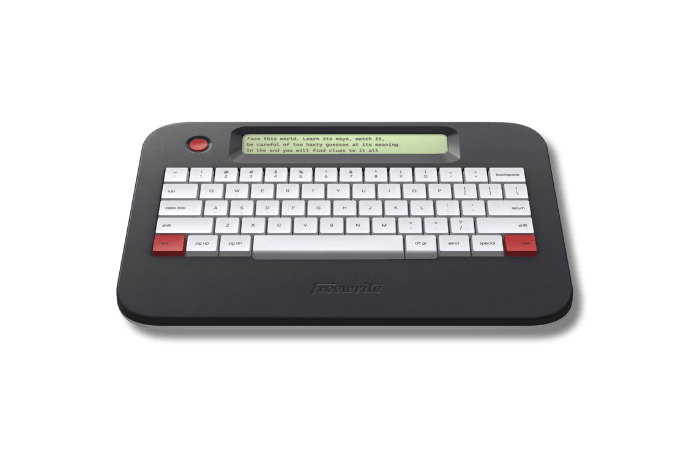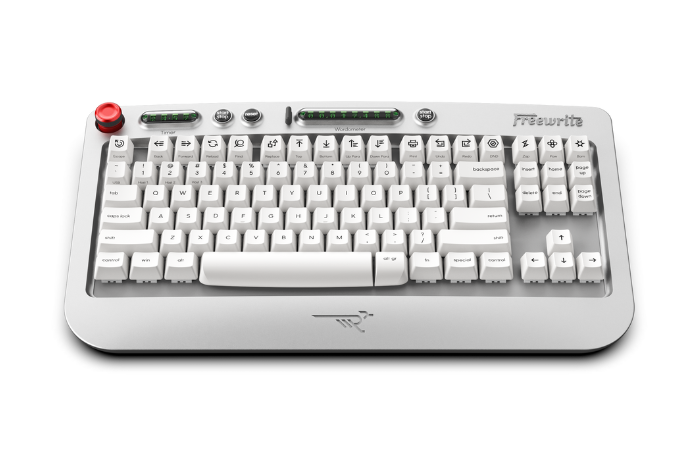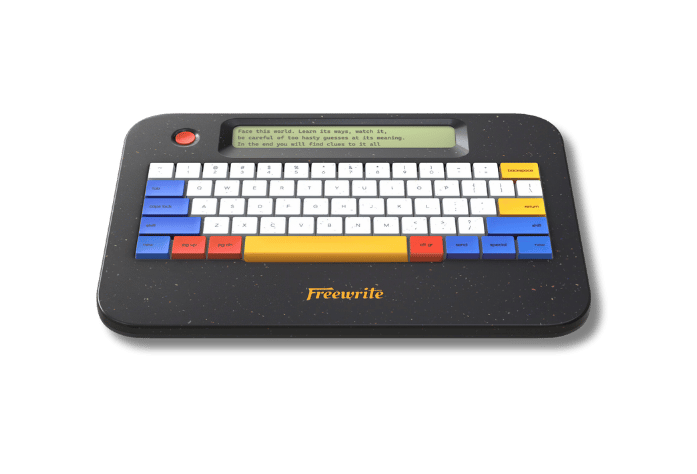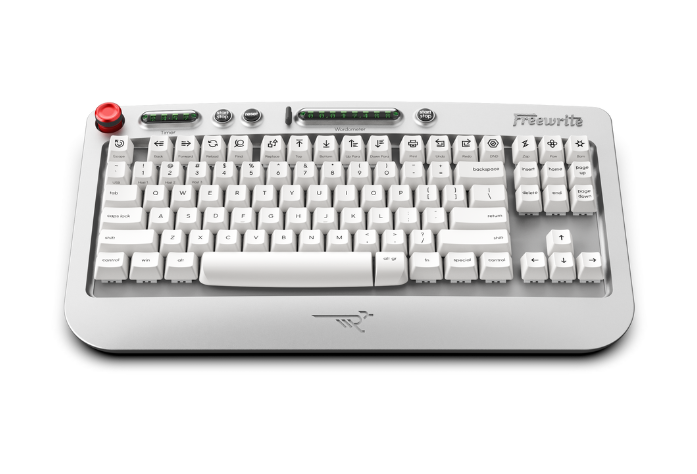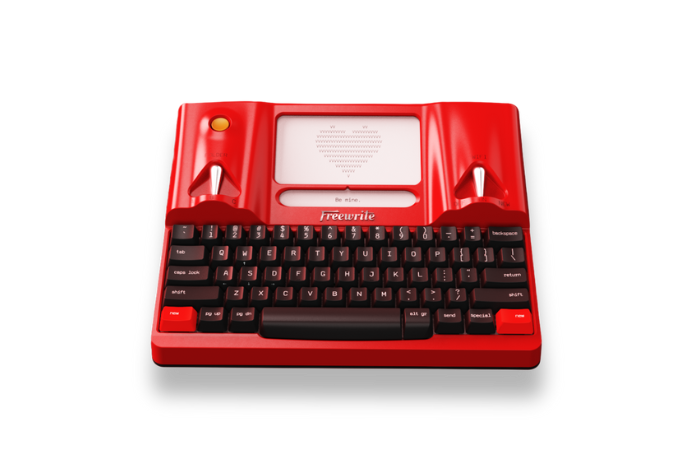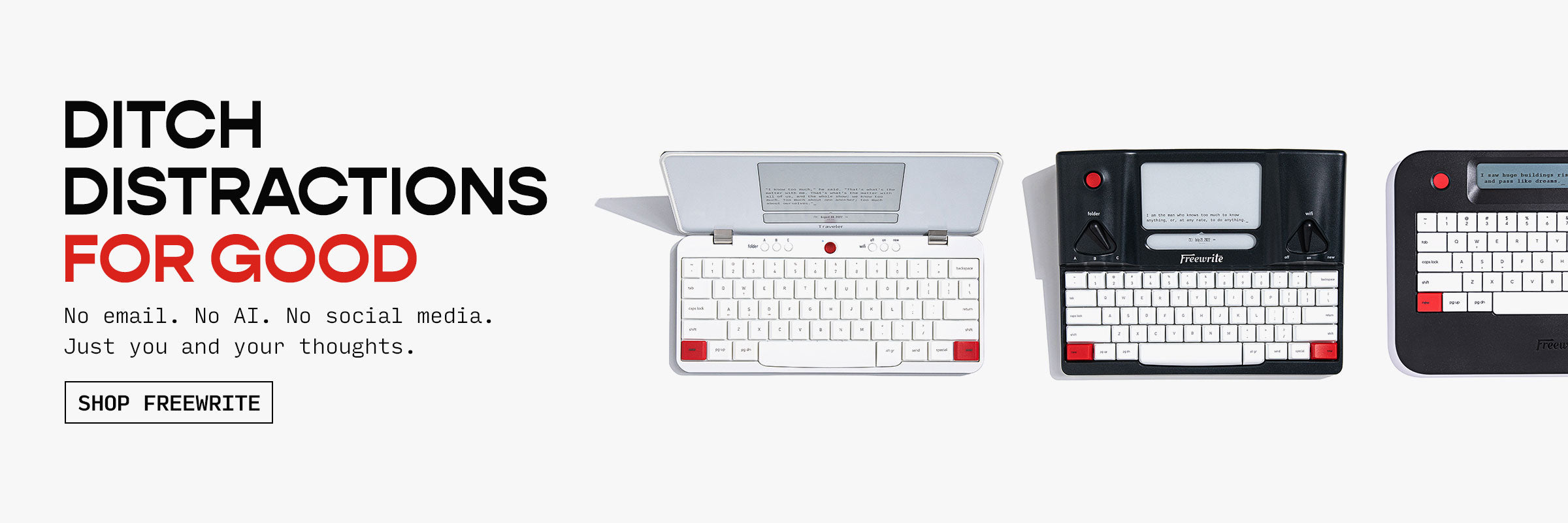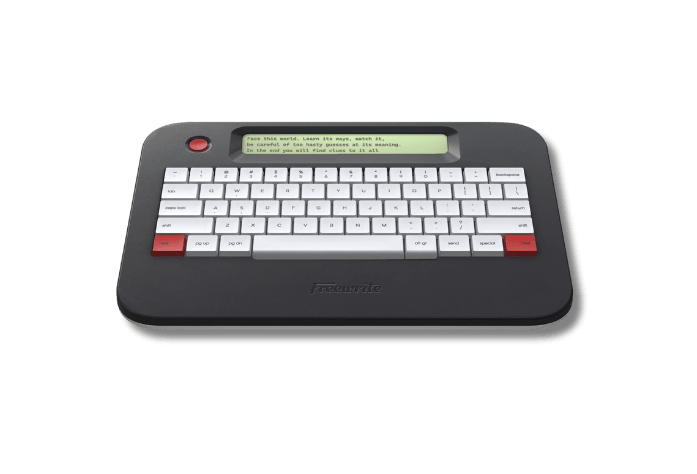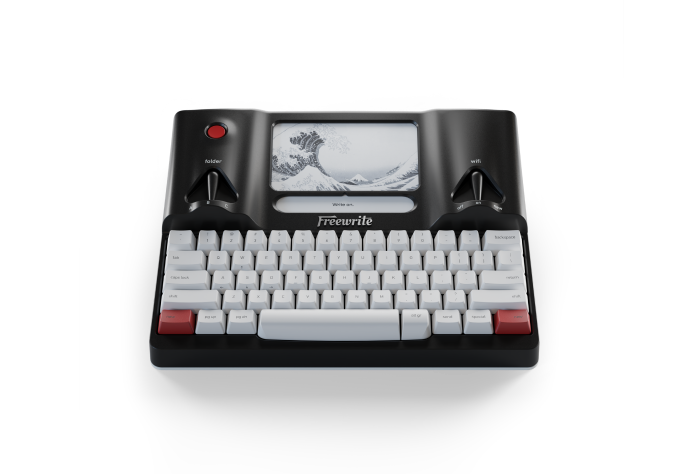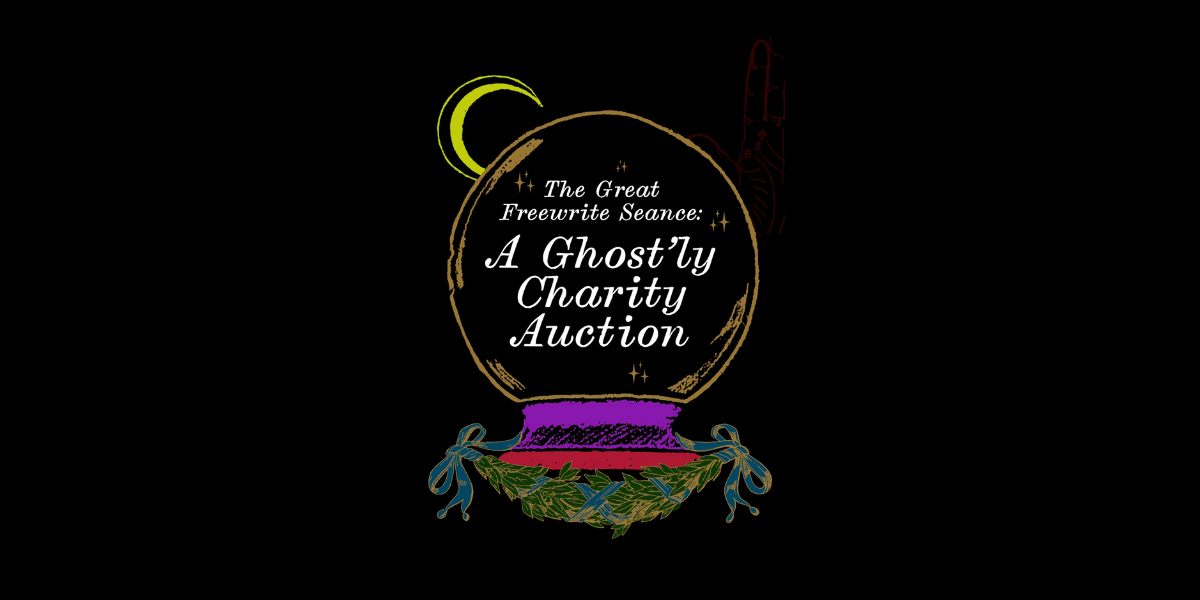What’s all the fuss about Todd McLellan’s “Freewrite Disassembled?" By now, halfway through our treasure hunt celebration, you’ve probably seen this image (and many parts of it, if you’re an Internet sleuth) around every corner of the Astrohaus web.

Todd, whose “Things Come Apart” photo series is touring with the Smithsonian, worked with us to create a piece of Freewrite art along the series’ theme. Before we release the 150 prints of this poster into the wild, we wanted to have Todd speak to his artistic process.
We may all be writers around here, but we can all appreciate a good story, regardless of medium. If you want a glance at behind-the-scenes footage, we also have the interview in video format (though the blog has more comprehensive Q&A.)
An Interview with Todd McLellan on "Freewrite Disassembled
Todd has always been fascinated with the inner workings of objects. Raised in Saskatchewan by a carpenter and electronic technician, Todd used to tinker around with a hammer and employ a hands-on approach to understanding his environment.
He enjoyed collecting old objects other people had discarded, and in 2009, his impulse to photograph a black telephone sparked “Things Come Apart." He’d taken the photo purely because he thought “it’d be cool.” Then followed multitudes of disassembled gadgets.


You created “Freewrite Disassembled” a bit after “Things Come Apart,” and you’ve disassembled a typewriter before. Did you approach the Freewrite any differently?
The typewriter in “Things Come Apart” was a mechanical typewriter. There were a lot of the same metal parts, but of course the devices were from different eras. Since the Freewrite has a digital component, I remember being struck by the number of parts. I’m usually surprised by the number of parts within an object—usually mechanical parts have a lot behind the scenes to them.
Other “Things Come Apart” objects you’ve said took 3 days to create (1-2 to disassemble and 1-2 to layout.) Was this the same for the Freewrite?
Disassembling the Freewrite was quite easy, and it took 2 days. The Freewrite’s parts were more square, so I wanted to achieve a layout that evenly balanced the sqare parts with the main component while staying true to how you would disassemble the device.
![]()
How do you imagine someone looking at this piece for the first time? What would they be looking for?
I think they’d be trying to put the device back together in their minds. Or they might be looking at the parts and trying to deduce what the object, intact, is. Second or third time around, I’m sure they’d look for something new for a different experience.

Our audience would probably consider themselves, first and foremost, writers, but there’s definitely an overlap in the sense that many appreciate storytelling in visual art. Is there a story you’re trying to tell?
There are complexities to everything we handle and touch in life. In “Things Come Apart,” the two shots of the same object, one laid out and one suspended, show two sides to a story. (Also, I’m a Gemini.)
I’m trying to show how we might experience things in a different way and better understand them. How we could take a look at what could be better.
If you’re trying to simulate the experience of actively taking the object apart, is “Freewrite Disassembled” a vastly different piece to you, who’ve done the active work of disassembling, versus viewers?
The final composition is the piece itself, although there is also the experience along the way. It’s like a painting—part of the art is definitely in the process, but since viewers only see the final product, the art comes across differently to everyone.
For the more technically savvy viewer, for example, the piece might bring them back to certain things they’ve achieved.
Let’s transition to your work in general. Do you have any favorite pieces?
Do I have to say this one? (We laugh, and I threaten him.
Kidding.)
“Mechanical Pencil” because it’s so simple. Maybe not the most visually exciting, but I liked how something could be so simple yet also complex.

I’ve been looking at your more recent work, like the more macro-level collections. Specifically, the one with gardening equipment laid out comprehensively. And camping equipment. What’s the story there?
Those were collaborations. I was creating a composition of objects to create a story of what you would need to achieve a goal, like climbing a mountain in Alaska. The camping one shows all the camping gear used on that trip.

Regarding “In the Fire,” what does “just one more” mean?
I took those when I was with a group around the campfire having beer. It was kind of like, “Let’s roast things in the fire and see what happens.” On one level there’s appreciating the beauty of something simple. But also there’s the darker meaning of “just one more” relating to drinking.

Okay, I’ve been dying to ask. Can we talk about “Regal Chickens?”
Oh, that was just a fun project. I was at a farm in southern Ontario. They were pets. I took these backgrounds of old farms and projected them onto the chickens.

I asked no further questions because there was nothing more to be said. Nothing could possibly top that closer.
Thanks to Todd for being a talented, wonderful sport! We can’t wait to announce the release of “Freewrite Disassembled.” This will be a limited print run of only 150, so keep an eye out.
Meanwhile, keep searching for those Freewrite treasure hunt clues! We're ecstatic that so many of you have been enjoying the hunt thus far.



